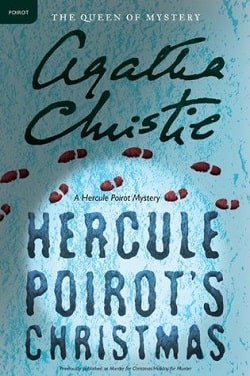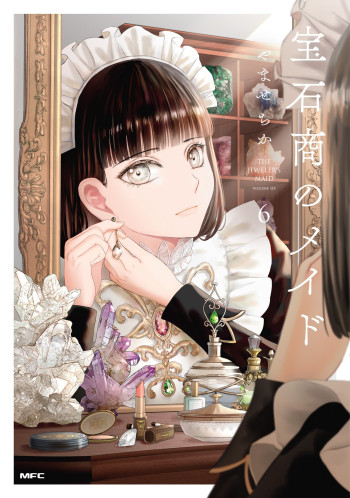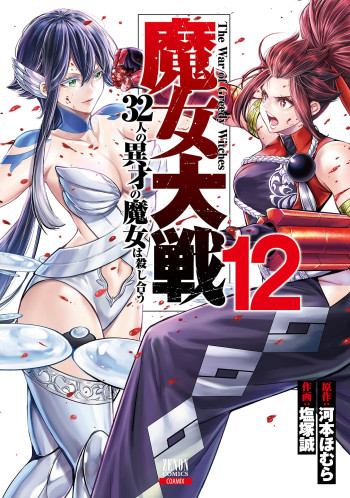Agatha Christie’s Hercule Poirot's Christmas is a masterclass in the art of detective fiction, showcasing the author’s unparalleled ability to weave intricate plots filled with suspense, psychological depth, and a touch of holiday spirit. Originally published in 1938, this novel stands as the twentieth installment in the beloved Hercule Poirot series, and it is a quintessential example of Christie’s skill in crafting a locked-room mystery that keeps readers guessing until the very last page.
The story unfolds on Christmas Eve at the Lee family estate, where the patriarch, Simeon Lee, is found brutally murdered. The scene is set with a cacophony of chaos: a crash of furniture and a piercing scream shatter the festive atmosphere, plunging the family into a dark abyss of suspicion and fear. From the outset, Christie establishes a palpable tension, as the reader is drawn into a world where familial bonds are tested and secrets are laid bare.
One of the most striking themes in Hercule Poirot's Christmas is the exploration of familial relationships and the complexities that lie within them. The Lee family, gathered for what should be a joyous occasion, is instead rife with animosity and resentment towards the domineering Simeon. Each family member possesses a motive for murder, revealing the darker side of human nature. Christie deftly examines how love can turn to hatred, and how the ties that bind can also ensnare. This theme resonates deeply, as it reflects the often tumultuous dynamics present in many families, particularly during the holiday season.
The character development in this novel is particularly noteworthy. Simeon Lee is portrayed as a tyrant, a wealthy man whose domineering presence has left a trail of bitterness among his relatives. His character serves as a catalyst for the unfolding drama, and through his interactions, Christie paints a vivid picture of a man who has wielded power with an iron fist. The family members, including his estranged children and their spouses, are richly drawn, each with their own distinct personalities and backstories. This depth adds layers to the narrative, as readers are compelled to consider not just who could have committed the murder, but why they might have felt driven to do so.
Hercule Poirot, the iconic Belgian detective, is as charming and astute as ever. His methodical approach to solving the crime is a testament to Christie’s understanding of the detective genre. Poirot’s keen observations and psychological insights allow him to navigate the murky waters of family dynamics with finesse. He is not merely a solver of puzzles; he is a character who embodies the struggle between good and evil, justice and revenge. His interactions with the Lee family reveal his ability to empathize with their pain while remaining detached enough to see the truth. This duality makes Poirot a compelling protagonist, and readers are left rooting for him as he unravels the mystery.
Christie’s writing style in this novel is both engaging and accessible. Her use of dialogue is particularly effective in conveying the tension among the characters. The conversations crackle with underlying animosity, and the reader can almost feel the weight of unspoken words hanging in the air. Christie’s ability to create atmosphere is further enhanced by her vivid descriptions of the Lee estate, which serves as a character in its own right. The opulent yet oppressive setting mirrors the emotional turmoil of the family, adding an additional layer of complexity to the narrative.
As the plot unfolds, Christie expertly plants red herrings and misdirections, keeping readers on their toes. The pacing is brisk, with each chapter revealing new clues and insights that propel the story forward. The resolution, when it comes, is both surprising and satisfying, showcasing Christie’s talent for crafting intricate plots that challenge the intellect while providing a sense of closure.
In comparison to other works in the detective genre, Hercule Poirot's Christmas stands out for its unique blend of holiday cheer and dark intrigue. While many authors have tackled the theme of murder during festive occasions, few have done so with the same level of psychological depth and character exploration as Christie. The novel can be likened to the works of contemporary authors such as Louise Penny, who also delves into the complexities of human relationships within a murder mystery framework. However, Christie’s ability to balance the festive elements with the grim reality of murder sets her apart as a pioneer in the genre.
Overall, Hercule Poirot's Christmas is a compelling read that captures the essence of Agatha Christie’s brilliance. It is a story that not only entertains but also provokes thought about the nature of family, love, and betrayal. The novel’s intricate plot, rich character development, and thematic depth make it a timeless classic that continues to resonate with readers today. Whether you are a long-time fan of Poirot or a newcomer to Christie’s work, this novel is sure to leave a lasting impression.
In conclusion, Agatha Christie’s Hercule Poirot's Christmas is a must-read for anyone who appreciates a well-crafted mystery. Its exploration of familial ties, combined with a gripping plot and unforgettable characters, ensures that it remains a standout in the detective fiction genre. As the holiday season approaches, this novel serves as a reminder that even amidst the joy of Christmas, darkness can lurk just beneath the surface.
























Reviews 0
Post a Reviews: